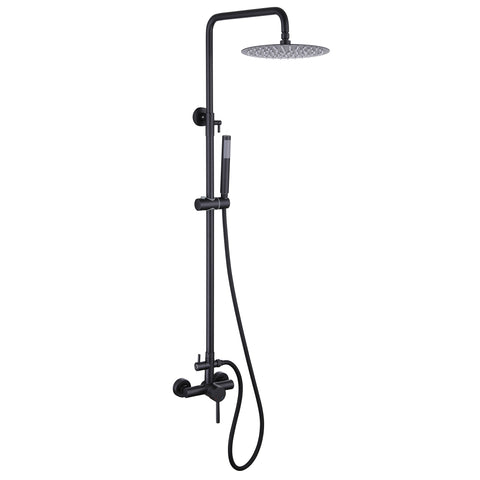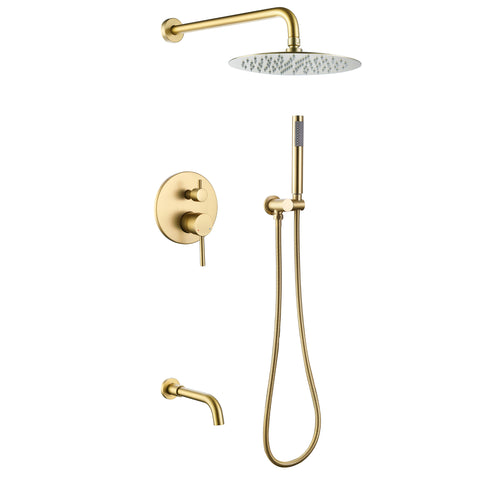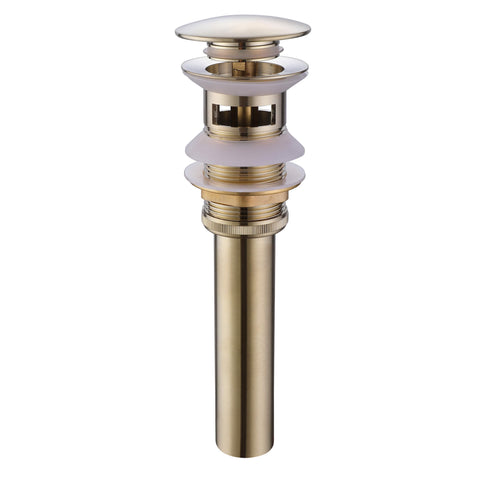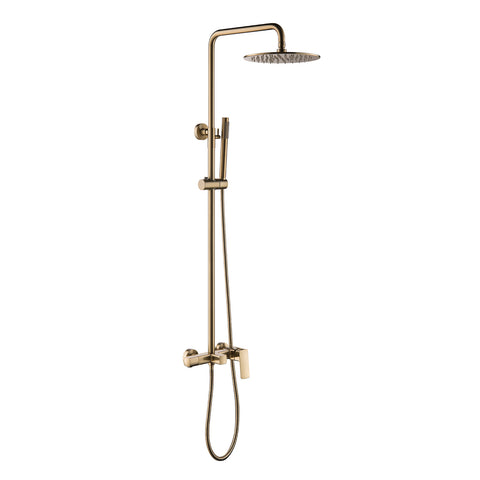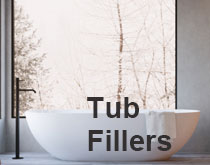How to Descale and Clean Your Bathroom Faucet
Hard water and chemical residue in soap and shampoo can easily clog faucets, leaving scale flakes and whitish chalky films on the surface. Fortunately, there are several easy ways to descale your faucet using common household items. Follow these effective cleaning techniques to restore your faucet’s shine and maintain its performance.
Descaling Chrome Faucets
For chrome faucets covered in limescale, fill a plastic bag with white vinegar and submerge the faucet head. Tie the bag securely and let the faucet soak for a few hours. After soaking, rinse with water and scrub gently with a soft sponge. For extra shine, rub the fleshy side of a lemon over the faucet to remove remaining mineral buildup.
Descaling Brass Faucets
Avoid using abrasive or orange-based cleaners on brass faucets, as these can damage the surface. Instead, soak a paper towel in white vinegar, wrap it around the faucet, and secure with a rubber band. Let it sit until the towel is nearly dry, then use a soft nylon toothbrush to gently scrub off any scale. This method also works well for chrome finishes.
Remove Calcium Buildup from Faucets
- Wear rubber gloves: Protect your skin from harsh chemicals when cleaning with descalers.
- Prepare a cleaning solution: Mix one part calcium remover (e.g., CLR) with one part water in a container. For minor buildup, white vinegar alone can be used but may take up to 24 hours.
- Pour into a plastic bag: Use a sandwich bag to hold the solution. Pour slowly and use a funnel if needed.
- Attach the bag to the faucet: Secure the bag so the faucet head is submerged in the mixture. Use elastic bands to keep it in place. Let it soak for 1–2 hours.
- Remove the bag: Carefully loosen the elastic band and slide the bag off the faucet. Dispose of the solution according to product instructions.
- Scrub remaining deposits: Use an old toothbrush or cloth to remove loosened scale. Rinse the brush regularly.
- Dry the faucet: Wipe the faucet dry with a microfiber cloth to prevent future calcium buildup.
RBROHANT Faucet Cleaning and Maintenance
- Step 1: Gently wipe the faucet with a soft cotton cloth. Avoid abrasive tools like sponges or brushes to protect the finish.
- Step 2: Use a mild citric acid cleaner applied to a cloth—not sprayed directly—to target limescale in corners and joints.
- Step 3: Remove the aerator and soak it in warm water with mild detergent. Let deposits dissolve for 10 minutes. Many RBROHANT faucets have anti-calcification features for easier cleaning.
- Step 4: Rinse the faucet thoroughly with clean water.
- Step 5: Wipe with a soft cloth to remove any cleaner residue and restore the faucet’s shine.
With these simple cleaning techniques, you can keep your faucet free of limescale and looking like new for years to come.
